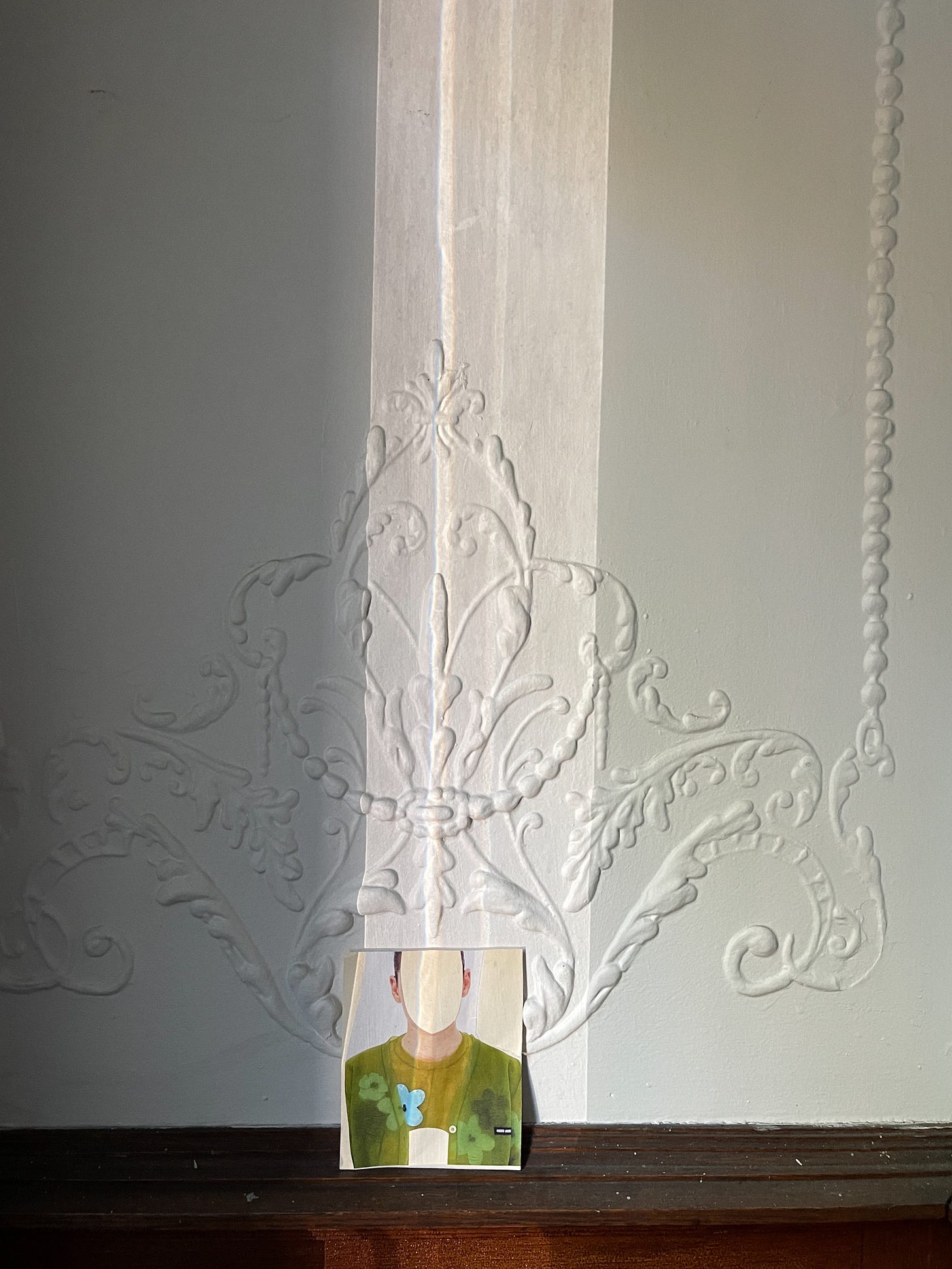Continue
Notes on solitude, connection, and creativity
The letters used to come from Corrales and now arrive from Oakland and the Scottish Highlands. Sometimes from Sacramento and Fort Walton Beach. Closer to home—traveling across a couple of boroughs or the tri-state area—stationery is attached to gifts. Small notes on beautiful card stock with company letterheads. The letters all ask something different of me, but I store them in the same folder in the back of my Moleskine journal. My words spoon theirs. I return to them in my lonelier moments. To remind myself that I’m in conversation.
Except, at the moment, I’m not. Though I’ve always had a fondness for paper ephemera, most of my correspondence these days is bathed in blue light: quick emails, texts, DMs, and comments. I put my phone down and look at the few unanswered letters on my desk. There are words to arrange, but I seem only capable of writing about my mail rather than responding to it. I think it’s because I’ve been deep in Slowing, and my vision is still refocusing. A book can be a letter, but it can also be a hole. I fall into it, and other times, I jump headfirst—equal parts pain and pleasure—either way, it’s a long way back to the outside world.




